After a period of 'revival' from investing in fruit growing and pig farming, Chairman of the Board of Directors of Hoang Anh Gia Lai Joint Stock Company - Mr. Doan Nguyen Duc revealed that the company is expanding to two more crops: mulberry and coffee.
Specifically, Hoang Anh Gia Lai has planted 2,000 hectares of mulberry in Gia Lai and Lam Dong , aiming to increase the area to 4,000 hectares in the near future, thereby exporting silk internationally.
Currently, Hoang Anh Gia Lai's silk factory has been completed after more than a year of preparation and has just been put into operation a few days ago.
In addition, Mr. Duc's enterprise is also developing 2,000 hectares of Arabica coffee, of which only 10% is in Vietnam, the rest will be grown on the Bolaven plateau in Laos.
“In farming , how much money is earned per hectare of land is important. Compared to all the crops that Hoang Anh Gia Lai invests in, mulberry brings in the most money,” Mr. Duc said at the 2025 annual general meeting of shareholders, held on June 6.
According to Mr. Duc, mulberry is a short-term crop, and can be harvested and profitable after seven months of planting. Meanwhile, coffee is a long-term crop, but currently it only takes two years from planting to harvest.
"We have available land, human resources, and a systematic organization. Therefore, this may be difficult for others, but it is favorable for us," said Mr. Duc.
To be more specific, Mr. Duc said that Hoang Anh Gia Lai's coffee plantation will be concentrated mainly on the Bolaven plateau, which is over 1,000 m high and the Arabica coffee variety is also a high-quality variety. This type is currently sold in the world for up to 9,000 USD per ton, the highest among coffee varieties.
"The company used to have 2 trees and 1 animal, now it will have 4 trees and 1 animal, including bananas, durian, strawberries, coffee and pigs," said Mr. Duc.
Regarding durian, Mr. Duc said that this year, he will harvest about 600 hectares. In response to shareholders' concerns about China increasing testing for cadmium and 0-gold residue, Mr. Duc assessed that the risk for Hoang Anh Gia Lai is very low.
“Currently, the process of fertilizing, tilling the soil, and spraying pesticides must all meet Global GAP standards. Organizations conduct regular and strict inspections. In addition, the company’s team of durian experts also regularly inspects and tests products to ensure that the products are of good quality and do not contain any prohibited substances,” said Mr. Duc.
According to Mr. Duc, China currently does not have such strict control over durian imported from Laos and Cambodia.
“We will focus on agriculture. If tomorrow you invite me to do real estate and make a profit of thousands of billions of dong, I will thank you and not do it,” Mr. Duc said.
In fact, looking at the revenue structure of Hoang Anh Gia Lai Joint Stock Company in 2024, it can be seen that revenue from fruits accounts for 71.6%, pig farming accounts for 17.5%, while revenue from other goods and services accounts for 9.5% and 1.5% respectively.
According to Mr. Duc, many investors were worried when looking at Hoang Anh Gia Lai's financial reports. But now things are different. After many efforts to stick with the agricultural sector, from a state of illiquidity, Hoang Anh Gia Lai has recovered, made a profit and paid off its debts.
Specifically, in 2024, Hoang Anh Gia Lai recorded revenue of nearly VND 5,800 billion and after-tax profit of nearly VND 1,100 billion, completing 75% and 80% of the yearly plan.
In particular, from an accumulated loss of more than VND 3,300 billion in 2022, by the first quarter of 2025, this number has dropped to only VND 80 billion.
In 2025, Hoang Anh Gia Lai set a revenue target of VND5,510 billion, down 5% compared to the previous year. However, after-tax profit increased slightly by 5%, reaching VND1,114 billion.
Source theleader
View original linkSource: https://baotayninh.vn/sau-chuoi-va-bo-vi-sao-bau-duc-di-trong-dau-va-ca-phe-a191203.html



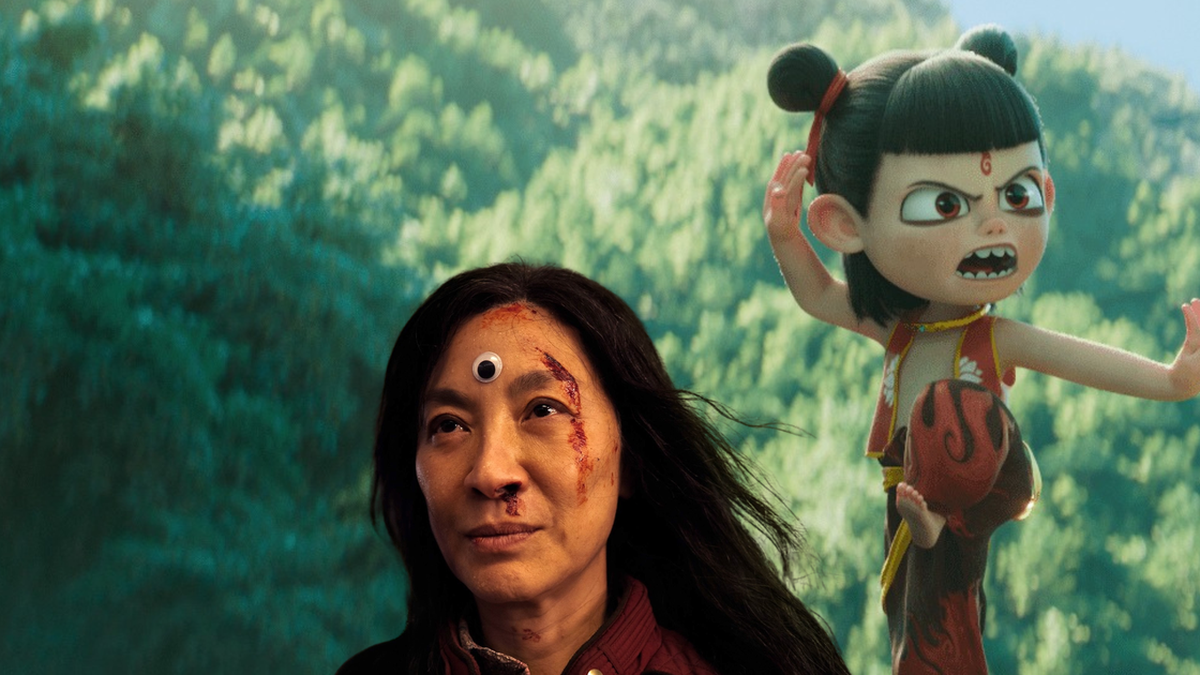
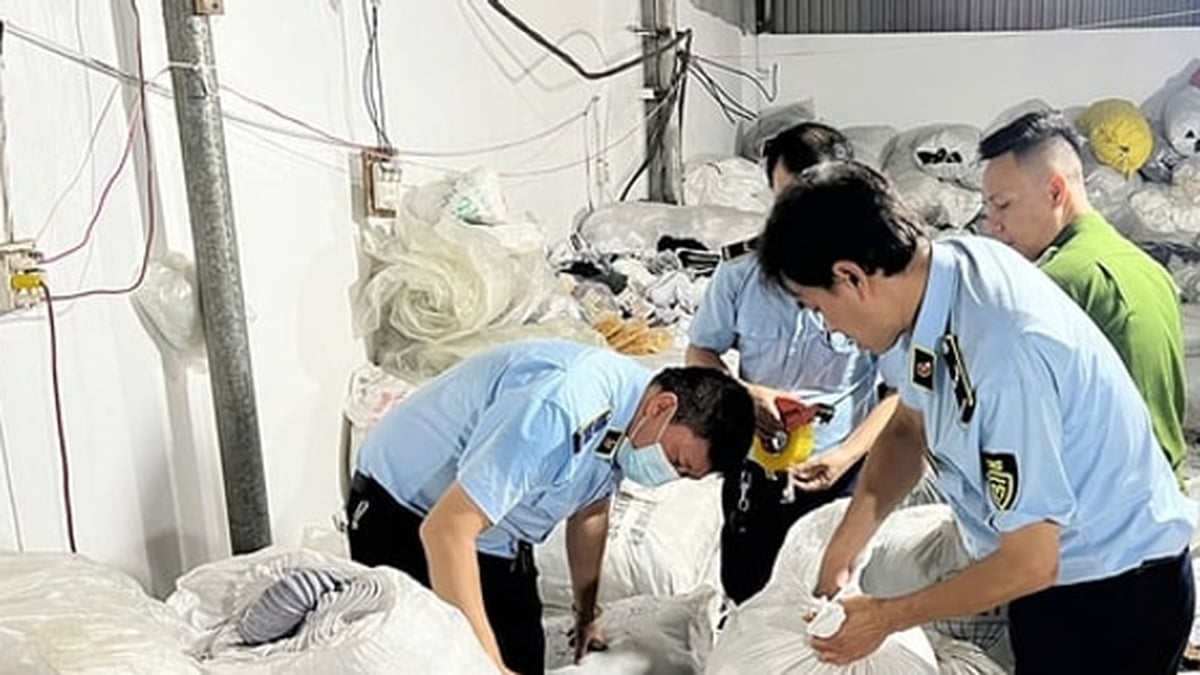

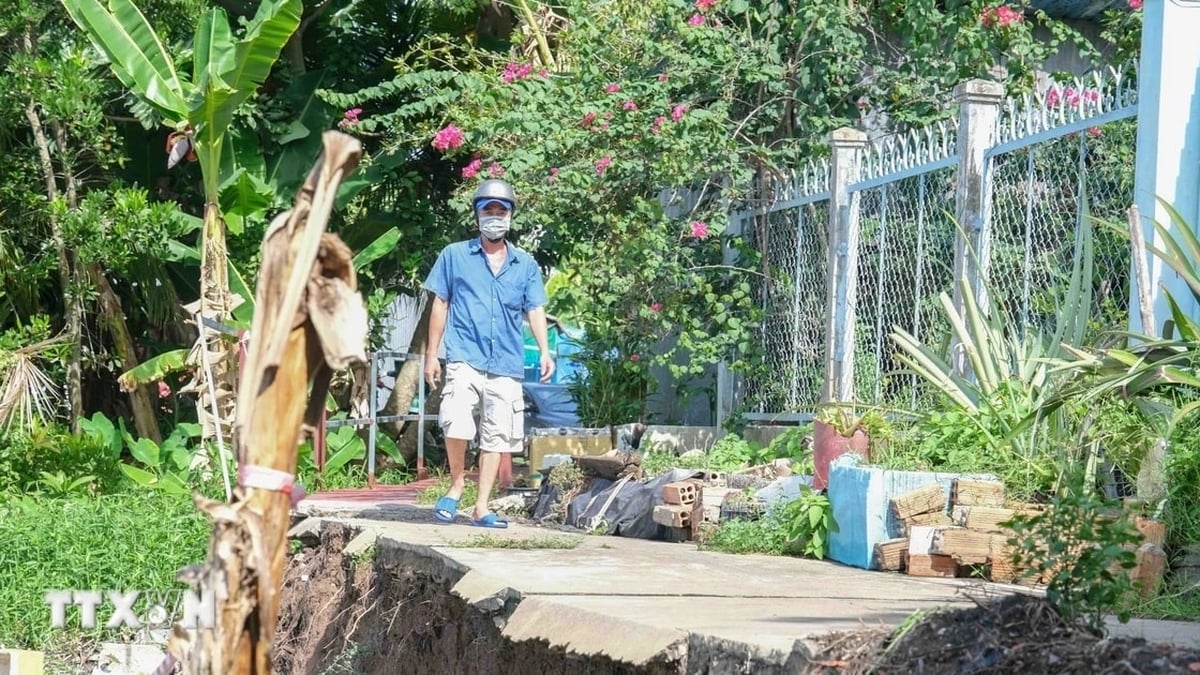
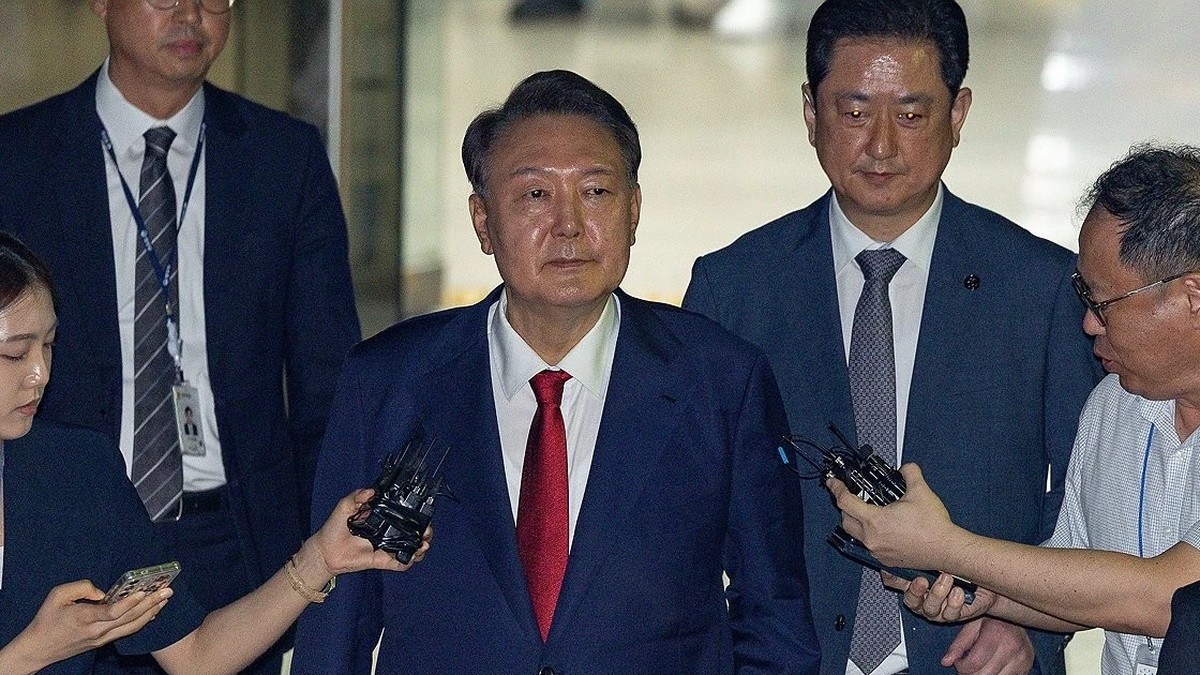
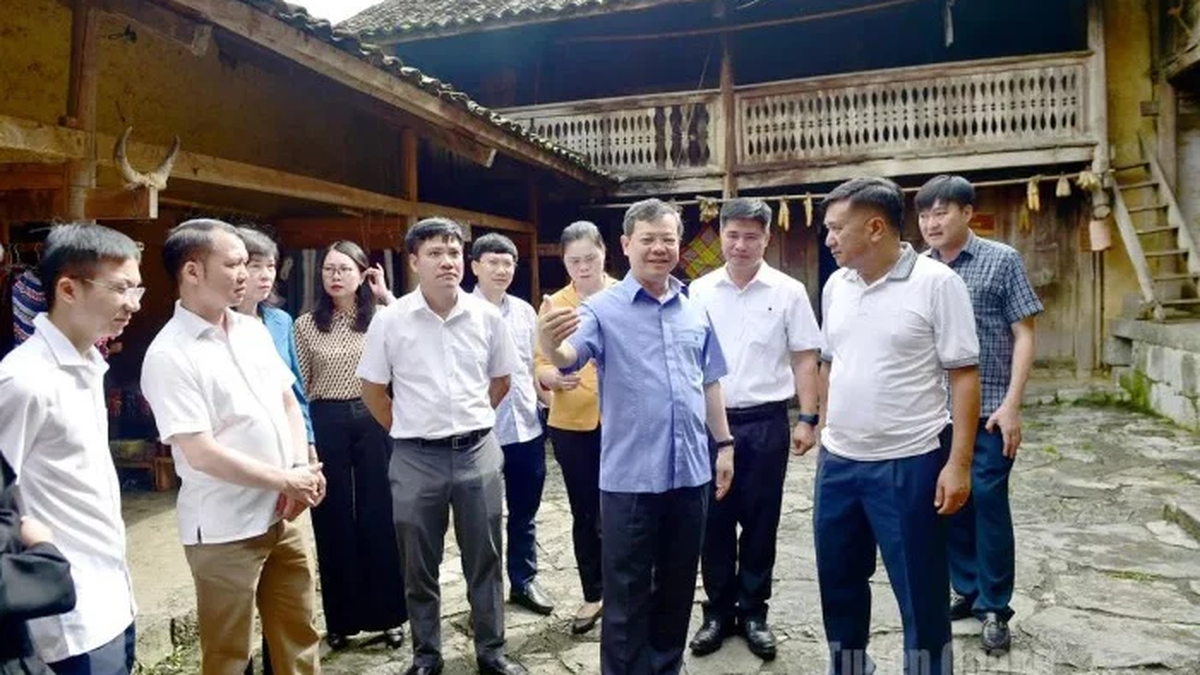
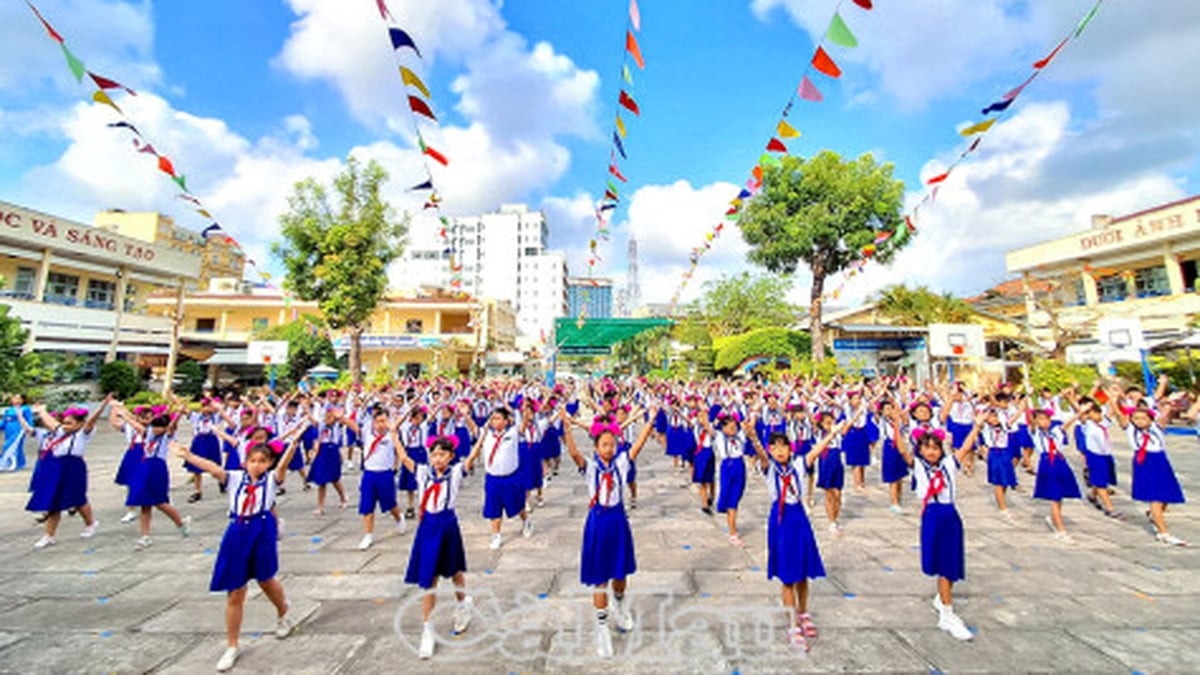














![[Photo] Gia Lai provincial leaders offer flowers at Uncle Ho's Monument with the ethnic groups of the Central Highlands](https://vphoto.vietnam.vn/thumb/1200x675/vietnam/resource/IMAGE/2025/7/9/196438801da24b3cb6158d0501984818)

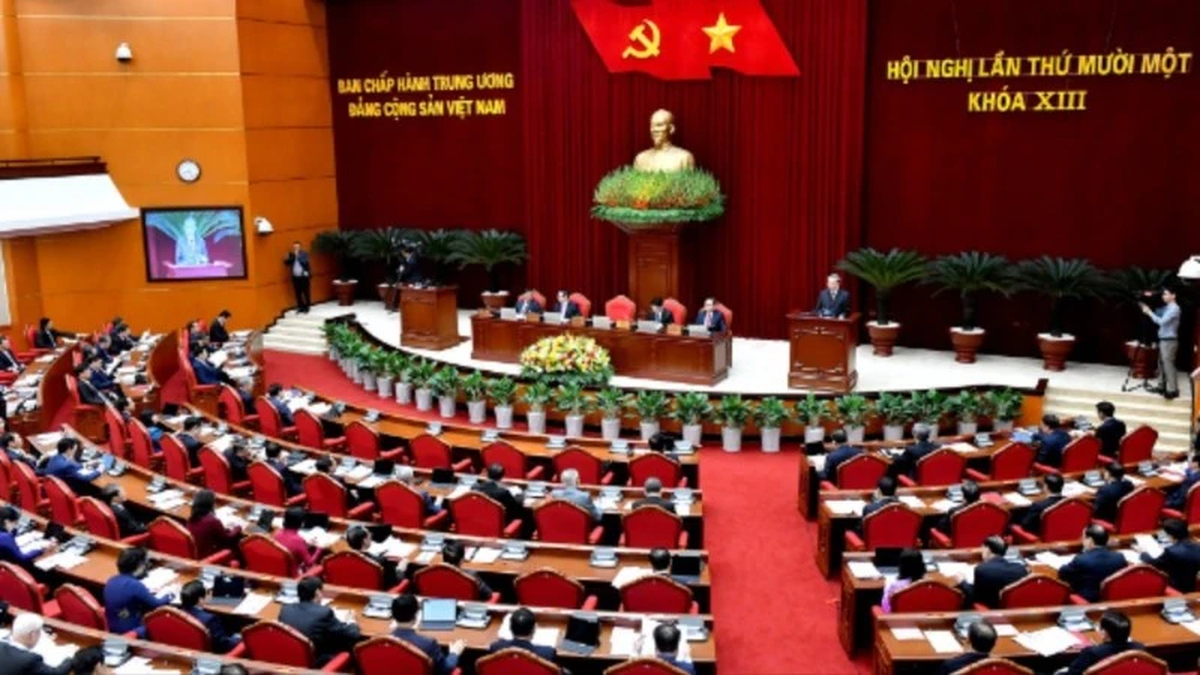





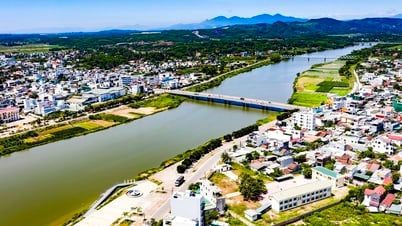

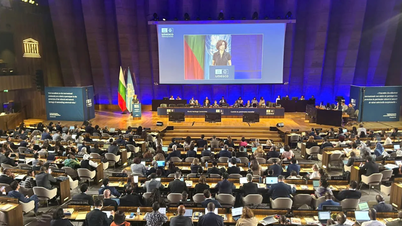


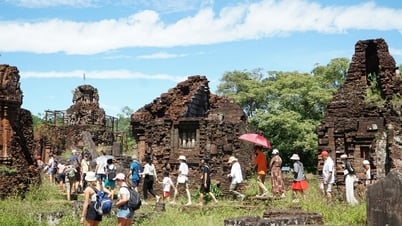
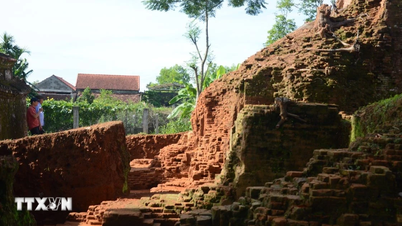

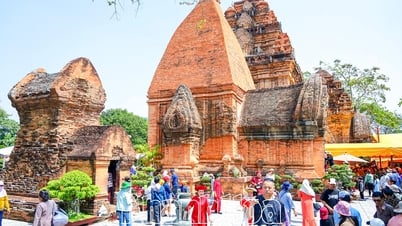

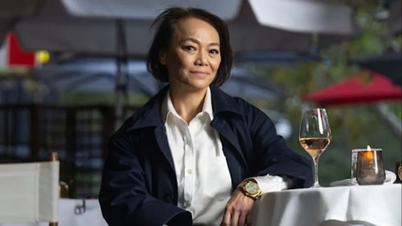







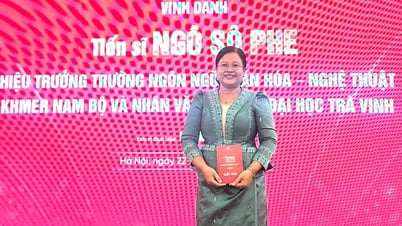

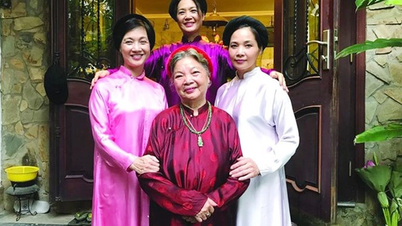



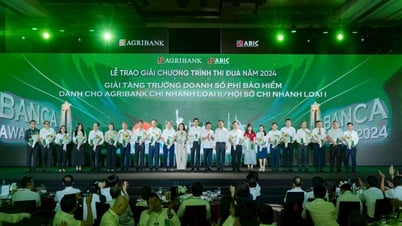
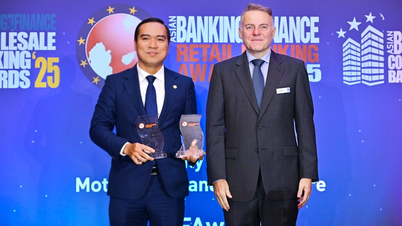




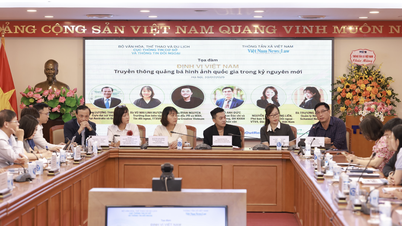



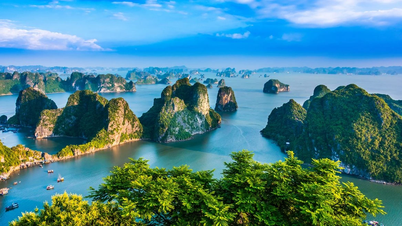



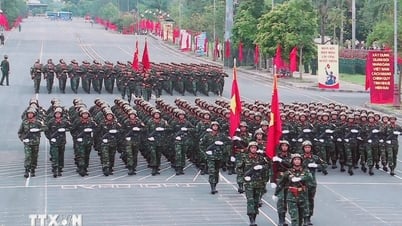
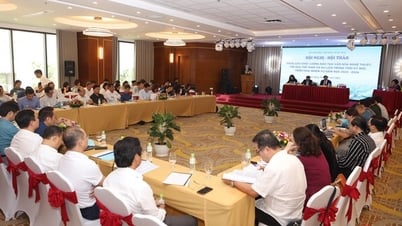


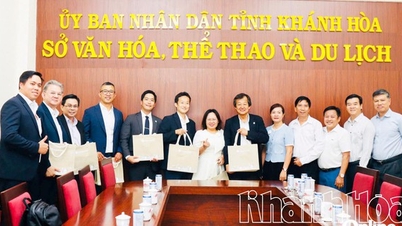
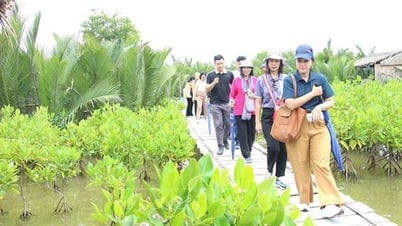
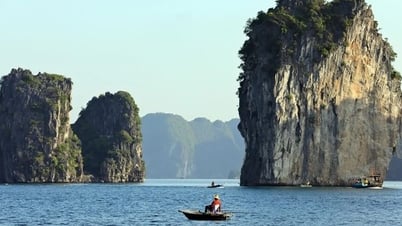
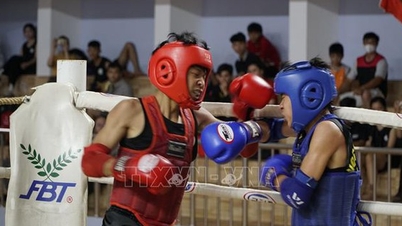








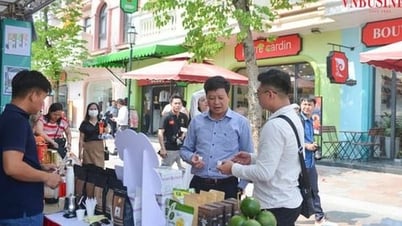
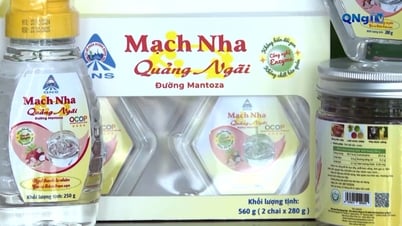

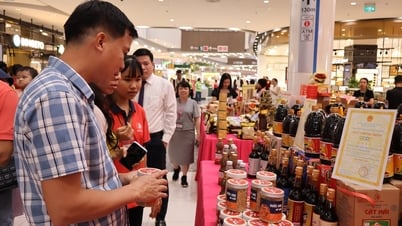

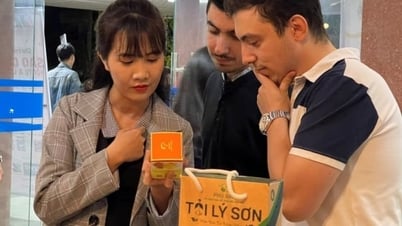

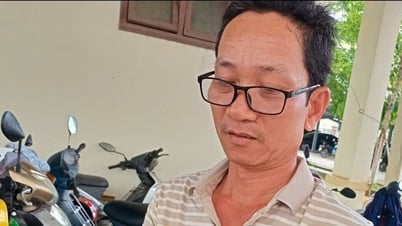

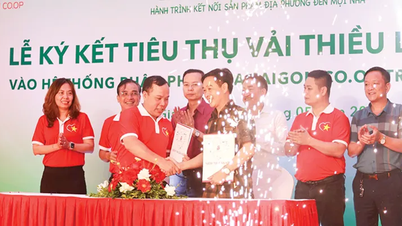



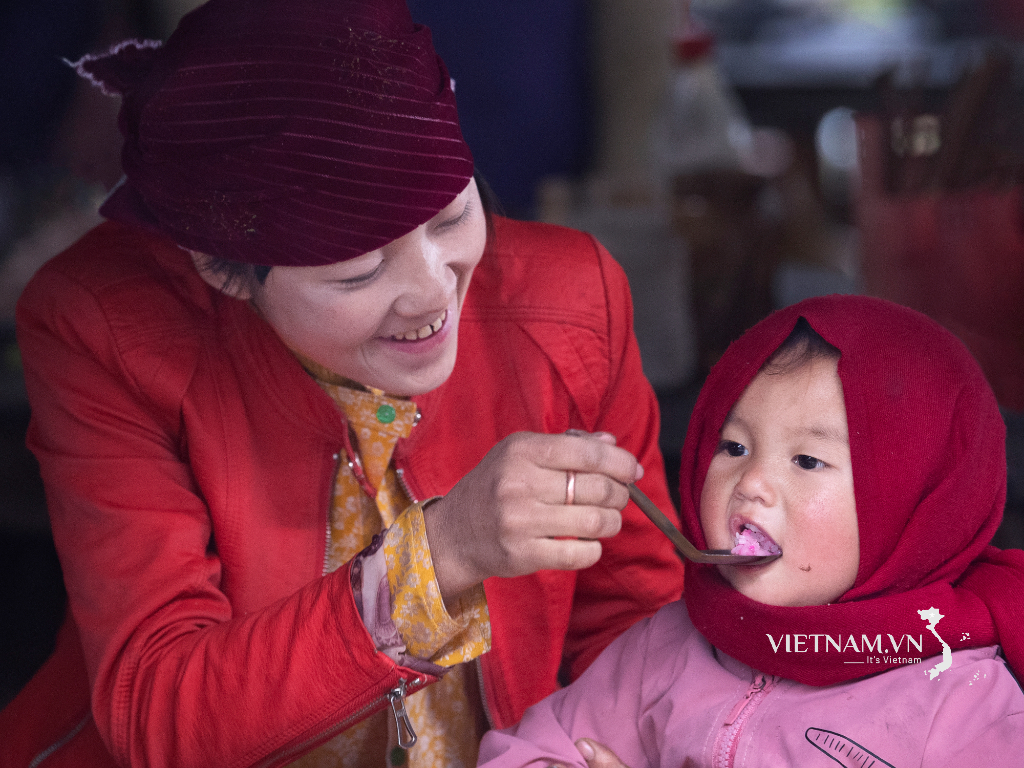

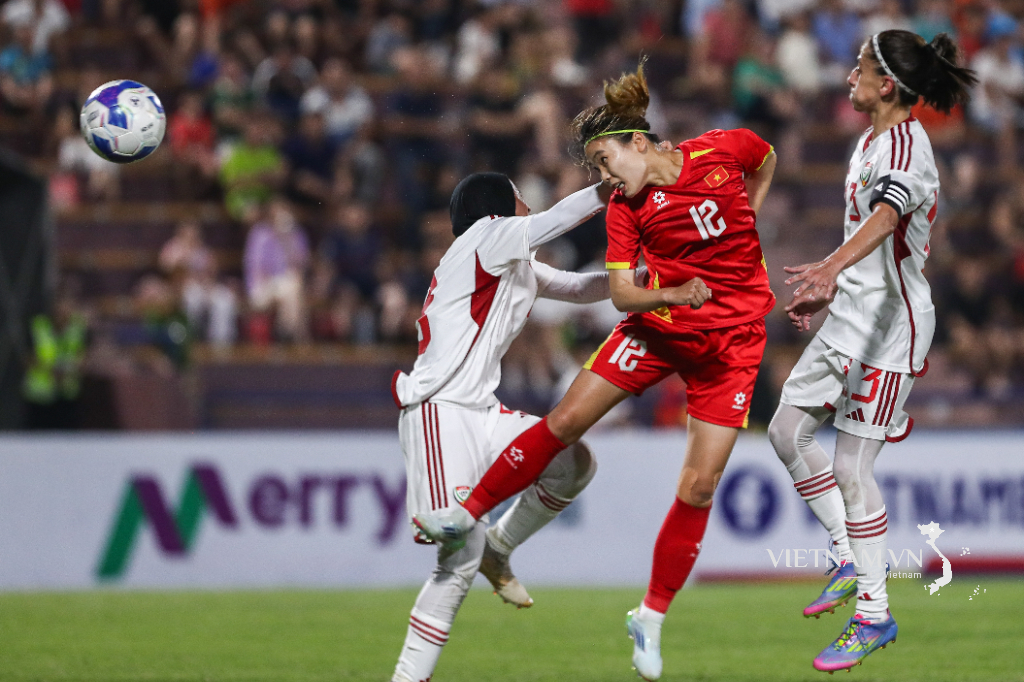
Comment (0)